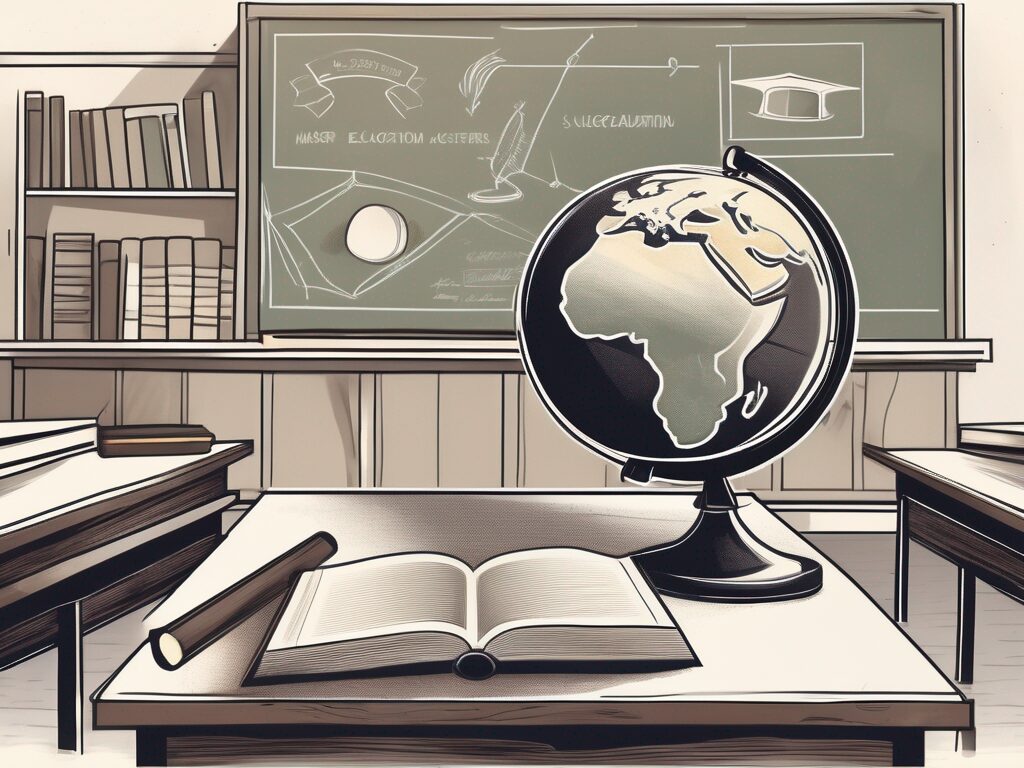html
Innovative Teaching Techniques for Masters in Education in Malaysia
In the rapidly evolving landscape of education, traditional teaching methods are being challenged by innovative techniques that enhance learning experiences. For those pursuing a Masters in Education in Malaysia, understanding and implementing these innovative teaching techniques is crucial. This blog post aims to explore various strategies that not only engage students but also foster a deeper understanding of the subject matter.
Understanding the Need for Innovative Teaching Techniques
As the educational environment becomes increasingly diverse, educators must adapt their teaching methods to meet the needs of all learners. Innovative teaching techniques are essential for:
- Enhancing student engagement
- Promoting critical thinking and problem-solving skills
- Accommodating different learning styles
- Preparing students for real-world challenges
In Malaysia, where the education system is continuously evolving, these techniques are vital for educators aiming to make a significant impact.
1. Flipped Classroom Model
The flipped classroom model is an innovative approach that reverses traditional teaching methods. In this model, students learn new content at home through videos and online resources, while class time is dedicated to discussions, problem-solving, and hands-on activities.
This technique encourages active learning and allows educators to provide personalized support during class. A study conducted by the Malaysian Ministry of Education found that students in flipped classrooms showed a 20% increase in engagement and understanding compared to traditional settings.
2. Project-Based Learning (PBL)
Project-Based Learning (PBL) is another innovative technique that emphasizes real-world applications of knowledge. In PBL, students work on projects that require critical thinking, collaboration, and creativity. This method not only enhances learning but also prepares students for future careers.
For example, a group of Masters in Education students in Malaysia collaborated with local schools to develop a community service project. This hands-on experience allowed them to apply their theoretical knowledge while making a positive impact in their community.
3. Gamification in Education
Gamification involves incorporating game elements into the learning process to increase motivation and engagement. By using points, badges, and leaderboards, educators can create a competitive yet fun learning environment.
In Malaysia, several universities have successfully implemented gamification in their curriculum, resulting in improved student performance and satisfaction. For instance, a study showed that students who participated in gamified learning activities scored 15% higher on assessments than those who did not.
4. Collaborative Learning Techniques
Collaborative learning techniques encourage students to work together to solve problems and complete tasks. This approach fosters teamwork, communication skills, and a sense of community among learners.
In a Masters in Education program in Malaysia, students engaged in collaborative learning by forming study groups and participating in peer teaching sessions. This not only enhanced their understanding of the material but also built strong professional relationships.
5. Technology-Enhanced Learning
Integrating technology into the classroom is essential for modern education. Tools such as learning management systems, virtual classrooms, and educational apps can enhance the learning experience and provide students with access to a wealth of resources.
For example, Malaysian educators have utilized platforms like Google Classroom and Zoom to facilitate remote learning during the pandemic, ensuring that students remained engaged and connected.
Conclusion
Innovative teaching techniques are transforming the educational landscape in Malaysia, particularly for those pursuing a Masters in Education. By embracing methods such as the flipped classroom model, project-based learning, gamification, collaborative learning, and technology-enhanced learning, educators can create engaging and effective learning environments.
As you explore these innovative techniques, consider how they can be integrated into your teaching practice to enhance student engagement and learning outcomes.
Ready to take your teaching to the next level? Explore our resources on innovative teaching strategies and start implementing them today!

